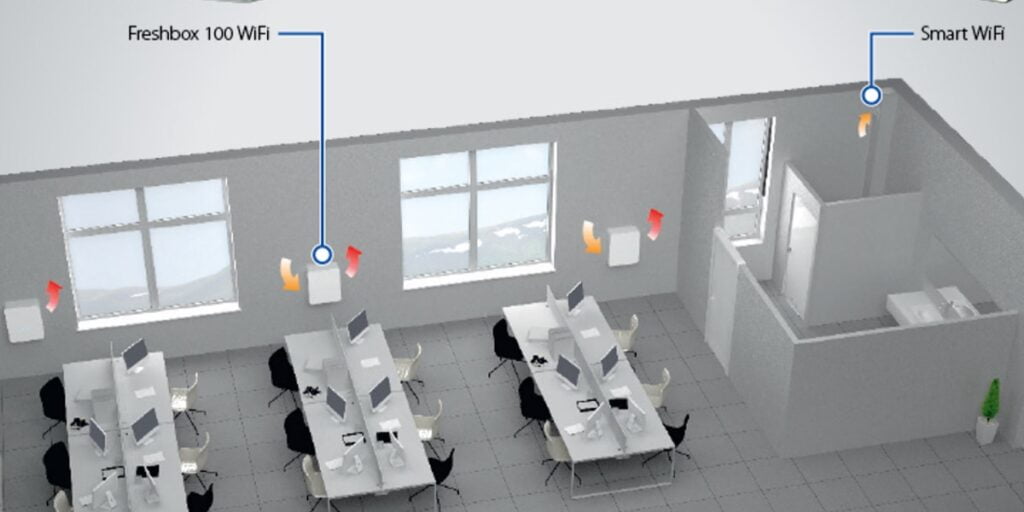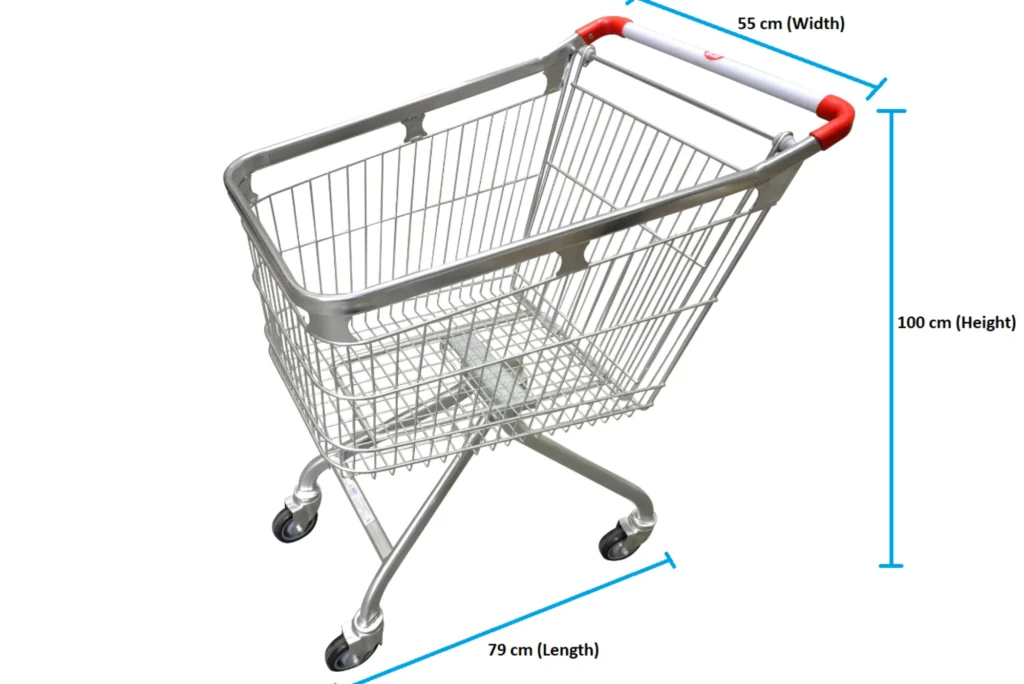Decentralised Ventilation System

Decentralised Ventilation Systems: Enhancing Indoor Air Quality In today’s quest for healthier living spaces, decentralised ventilation systems have emerged as a key solution. These systems offer a fresh approach to indoor air quality, providing numerous benefits for homes and businesses alike. Understanding Decentralised Ventilation Decentralised ventilation involves the distribution of fresh air through multiple points […]
Supermarket Trolleys

Shopping is a ubiquitous activity, and in the bustling city of Sharjah, the right supermarket trolley can make all the difference. This comprehensive guide aims to provide an in-depth exploration of supermarket trolleys in Sharjah, shedding light on their various facets, from design and usability to practical tips for an optimal shopping experience. Choosing the […]
Crystal Pro Max Vapes: Unveiling the Legal Landscape

In the world of vaping, Crystal Pro Max has gained significant attention. Are Crystal Pro Max vapes legal, and what regulations govern their use? This comprehensive guide explores the legal status, regulations, and usage guidelines surrounding Crystal Pro Max vapes. Understanding the Legality of Crystal Pro Max Vapes Crystal Pro Max vapes have become popular, […]
Sending Money To Philippines From UK

Sending Money to Philippines from UK: A Comprehensive Guide In the globalized world we live in today, sending money internationally has become a common necessity. If you find yourself in the UK and need to send money to the Philippines, you’ve come to the right place. This article will guide you through the various methods, […]
Navigating Dubai with Ease from Union Metro Station

Etisalat Metro Station: A Gateway to Seamless Travel Dubai’s bustling cityscape is intricately connected through its modern metro system, with Etisalat metro station standing as a vital hub for thousands of daily commuters. Let’s embark on a journey to uncover the convenience, facilities, and experiences associated with this key transportation point. Union Metro Station, nestled […]
